Introduction
Excessive wear in toolpacks is a common issue that can lead to various defects in the production of cans. This article will discuss the causes, consequences, and solutions to address excessive wear in toolpacks, with a focus on the Deformations toolpack.
Causes of excessive wear
Misalignment of tooling: Misaligned tooling can cause uneven pressure distribution, leading to increased wear on certain parts of the toolpack. This can result in uneven can height and other defects in the final product.
Improperly ground dies: Dies that are not ground properly can cause increased wear on the toolpack components, leading to premature failure and defects in the final product.
Aluminum buildup on punch: The buildup of aluminum on the punch can cause increased wear on the toolpack, leading to defects in the final product.
Cup lube weight variation: Variations in the cup lube weight can cause uneven wear on the toolpack components, leading to defects in the final product.
Consequences of excessive wear
Can concentricity problems: Loss of squareness in the toolpack surfaces can lead to can concentricity problems, which can cause defects in the final product.
Increased tear-offs: Excessive wear in the toolpack can lead to increased tear-offs, causing defects in the final product and potential machinery jams.
Frequent die regrinding: As the die wears, the center of the die will move lower, presenting the die to the punch below the center. Die wear will increase as the die gets farther from the center. When die regrinding frequency increases substantially, the can maker will need to replace the module unless it contains wear plates.
Solutions to Excessive Wear
Realign tooling: To address misalignment of tooling, realign the tooling components to ensure even pressure distribution and reduce wear on the toolpack.
Replace dies: If dies are improperly ground, replace them with properly ground dies to reduce wear on the toolpack components.
Polish or replace punch: If there is aluminum buildup on the punch, polish or replace the punch to reduce wear on the toolpack.
Correct lube weight at cupping press: To address cup lube weight variation, ensure the correct lube weight is used at the cupping press to reduce wear on the toolpack components.
Wear plate replacement: If the module contains wear plates, they can be replaced, and the module can be re-centered with regrinding the module’s OD. This can extend the life of the module and reduce the need for frequent die regrinding.
Conclusion
Excessive wear in toolpacks can lead to various defects in the final product and increased maintenance costs. By understanding the causes and consequences of excessive wear, can makers can implement solutions to address these issues and improve the overall quality and efficiency of their production processes.

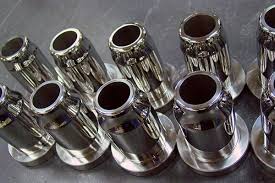
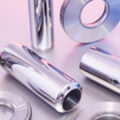
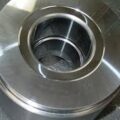
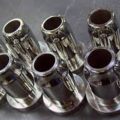
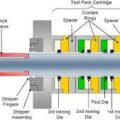

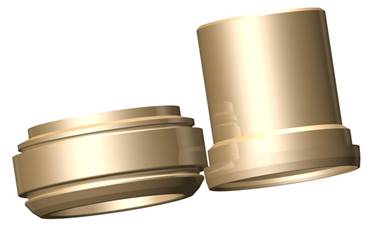
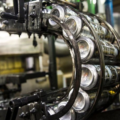
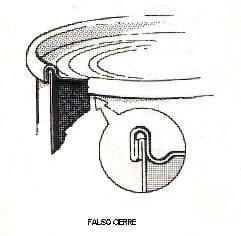
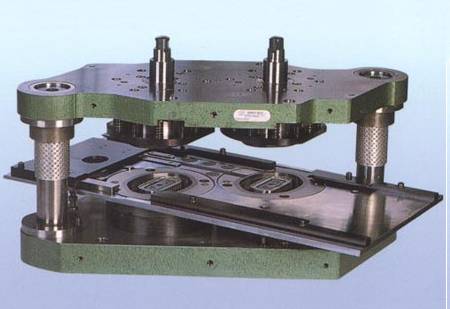



Your article neglected to mention the important role that lube oil filtration plays in extending tool life.
Removal of the drawn in coolant from the oil allows the oil to maintain the critical lubrication film that prevents surface wear, and removal of the small metal particulate drawn in on the ram with each stroke prevents to formation of acid sludge, clogging of hydrostatic bearing lee jets and abrasive wear in the tool pack.